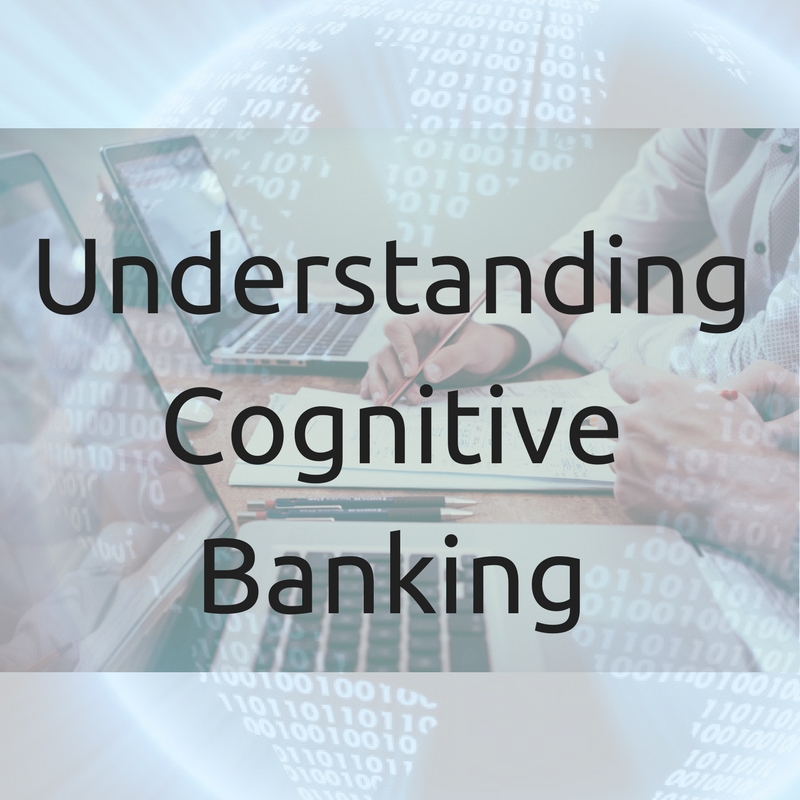All about Cognitive Banking
- 22 August 2017 | 1872 Views | By Mint2Save

If you change nothing, nothing will change.
Everything in today’s life is moving totally digital, and with the AI and other things, large enterprises are trying to move everything from the hands of Humans to a robot or a computer. So Cognitive banking is also somewhat on the same lines. Cognitive banking is using Cognitive computing in the normal banking procedures, so let us first know what exactly is Cognitive computing and how does it work, then we will talk about its relation to Banking and how it is resulting into Cognitive Banking.
Cognitive Computing
When we speak of the basic definition, then it is the simulation of the process of thinking of an average human implemented on a computer logic board, and being run by a specialized program. This doesn’t only end here, there is much more in addition to the same. This also involves various self-learning systems that will use different data mining system, pattern recognitions, and even natural language processing. All this helps the Computer to mimic the same process of working on the human brain.
These IT Systems just have a pure motive to make the people rest while the primary tasks are done by solving the problems which currently the humans solve. Now let us learn how cognitive computing applies to banking, making it into cognitive banking.
How Cognitive Computing translates to Cognitive Banking?
The cognitive computing is based on machine learning, natural language processing, and many other such languages and techniques. The basic aim for the computing is to make it easier for the humans to handle the bank. Currently, the systems which we are working on just tabulate and calculate the necessary numbers based on the preset rules which we made for them. But with Cognitive Computing comes into play here we will be able to handle dynamic situations where the computer itself will take the decision and hence will reduce the workload of a human being.
If we look to the current banking conditions, then it is quite clear that the banking is neither easy for the customer or for the one who is on the backend. Usually in case of a card lost you have to dial a number, but wait, you first have to search for the number from the number of pages either on the mobile application or on the Website of the bank.
But when we have the cognitive bank function in real life, it will make our task easier with a large amount. We will simply have a single search bar as the app or a computerized person talking to us on a single number where we will have all our banking tasks done. With this search bar, we will able to say if we need to do any transaction or if we need to make a complaint of the lost card. If we complain of a lost card, then we will simply get a reply from the computer about the date and time you will be getting the card at your home.
The backend part of the lost procedure like, getting the credit card number, which the system will directly get from the registered mobile number, and will directly communicate with the system to block the existing card and issue another card.
Currently, all these are done manually by the bank officials, especially the work of preventing the card, and even the issuing of the new card. As we know the Cognitive computing learns with every time, you are using it because it is just like AI where it will learn with every call and action you get performed by the same.
Banks with the cognitive computing can also include the machine learning part, which can predict the financial needs of the customer and will suggest based on the income, upcoming expenses and other things, if he needs a loan, and will customize the loan based on the needs. The system will then be able to collect the lifetime customer data, and then they will enable personalized services which they can offer to every client at ease. This eventually will turn the bank into a bank along with a personal advisor.
Advantages of Cognitive Banking
- Usually, at the back end there are some people, and they usually have all the information of the bank schemes and more via software, which they understand and then tell us, but with this type of banking, it will enable banking calls time to be saved.
- This will enable the banks to have a much better security backend checked of a customer. Usually, they will have better information calculation analytics and will eventually help in saving the bank from frauds and other issues.
- The bank will be able to provide personalized suggestions to the client, and the service will be much efficient than what it is currently.
Disadvantages of Cognitive Banking
- We cannot rely on the system on the first go because it is a long way for Artificial intelligence to grow and be dedicated to the financial sector, where we require most secure system.
- This will enable the loss of jobs, just for the cause that much employee work will be done by the system itself.
- Although people are adapting to the new technology, still we have some who will need a personalized suggestion from the official at the office. Hence we cannot fully convert to such bank shortly.
Till now you must have got this is something just like the Siri, or Bixby, or Amazon’s Alexa, or any other personal digital assistant which mobile companies are planning and making for their handset. With the Cognitive banking into the function, we will have another set of assistants which will help us to have some great suggestions on banking, and which will talk to us just like an average person would do.
Hope you get your most of the points related to cognitive banking cleared. Currently, there is still a significant gap between the current situations and this banking conditions being implemented. DBS bank has adapted to a smart banking system that works on the principle of cognitive banking. Australia’s ANZ Bank and India’s Bank of Baroda have already applied API and data analyzing software to offer customized financing options to their customer base.
At the current pace of customization and personalization, it is not hard to imagine how entering a bank is someday going to replicate a retail store visit. Interactions would be personalized basis the customer’s lifestyle, location, background, preferences, etc. All this, powered by gargantuan data generated every day in the next couple decades – the quantum of which is absolutely mind boggling. Let’s get ready for Cognitive Computing.









